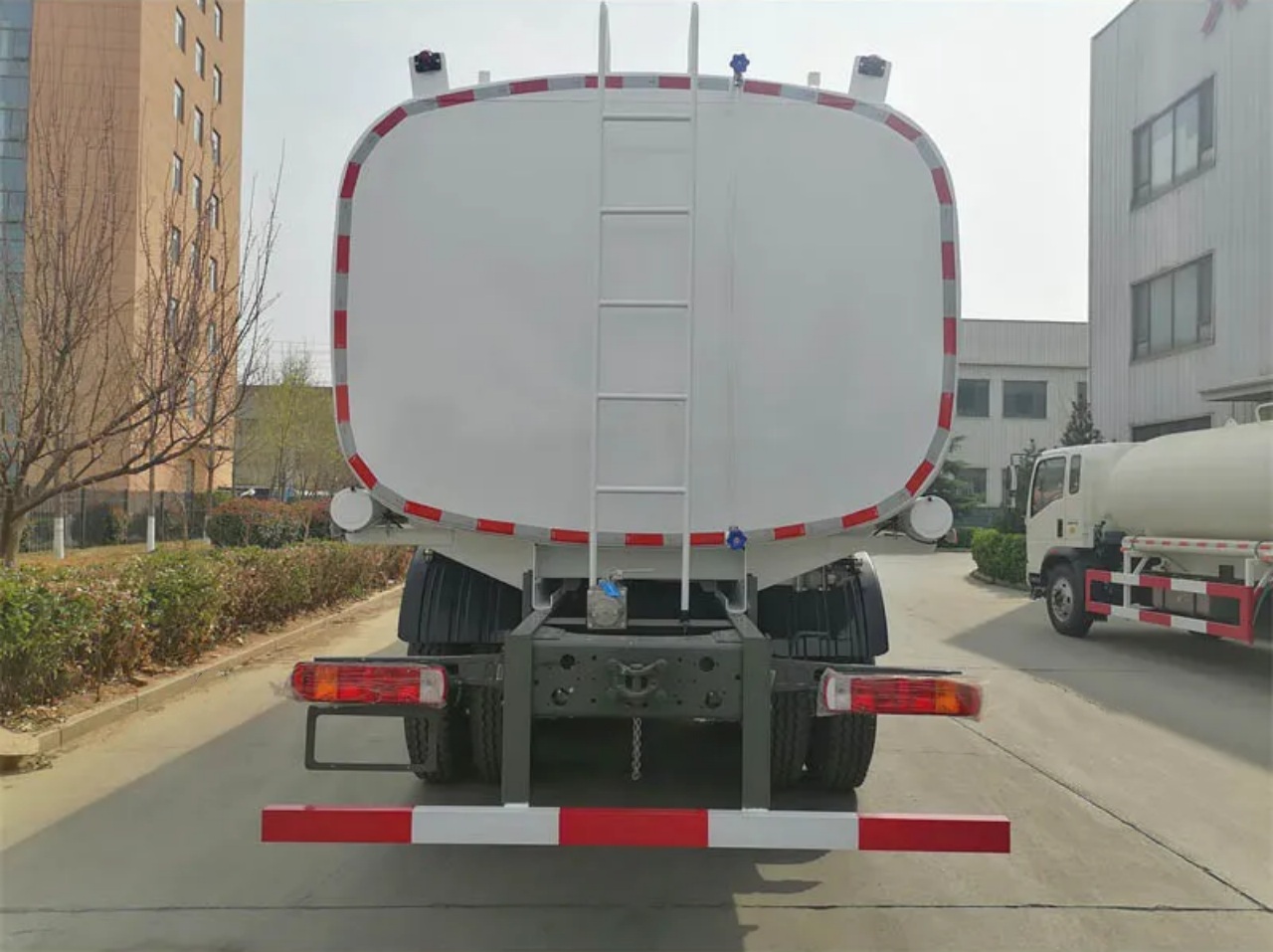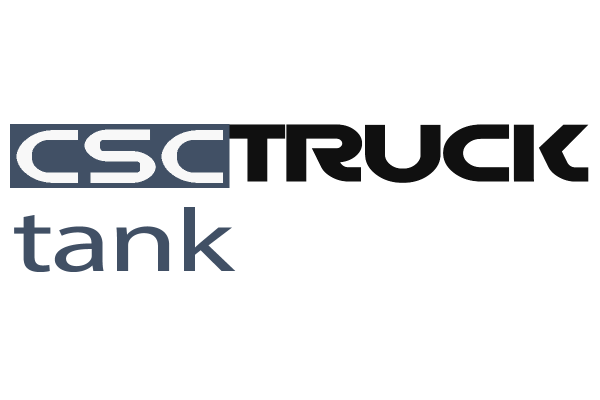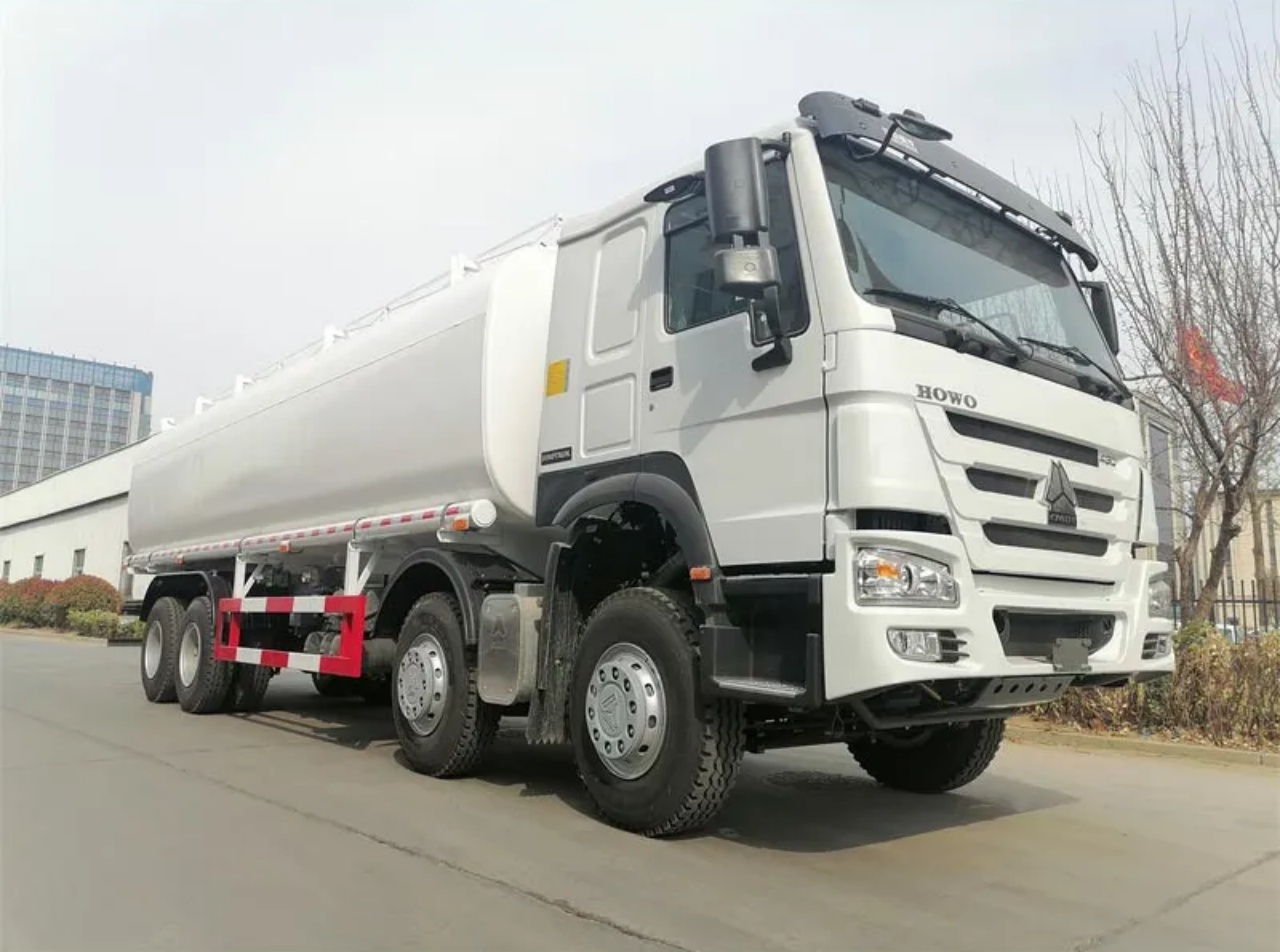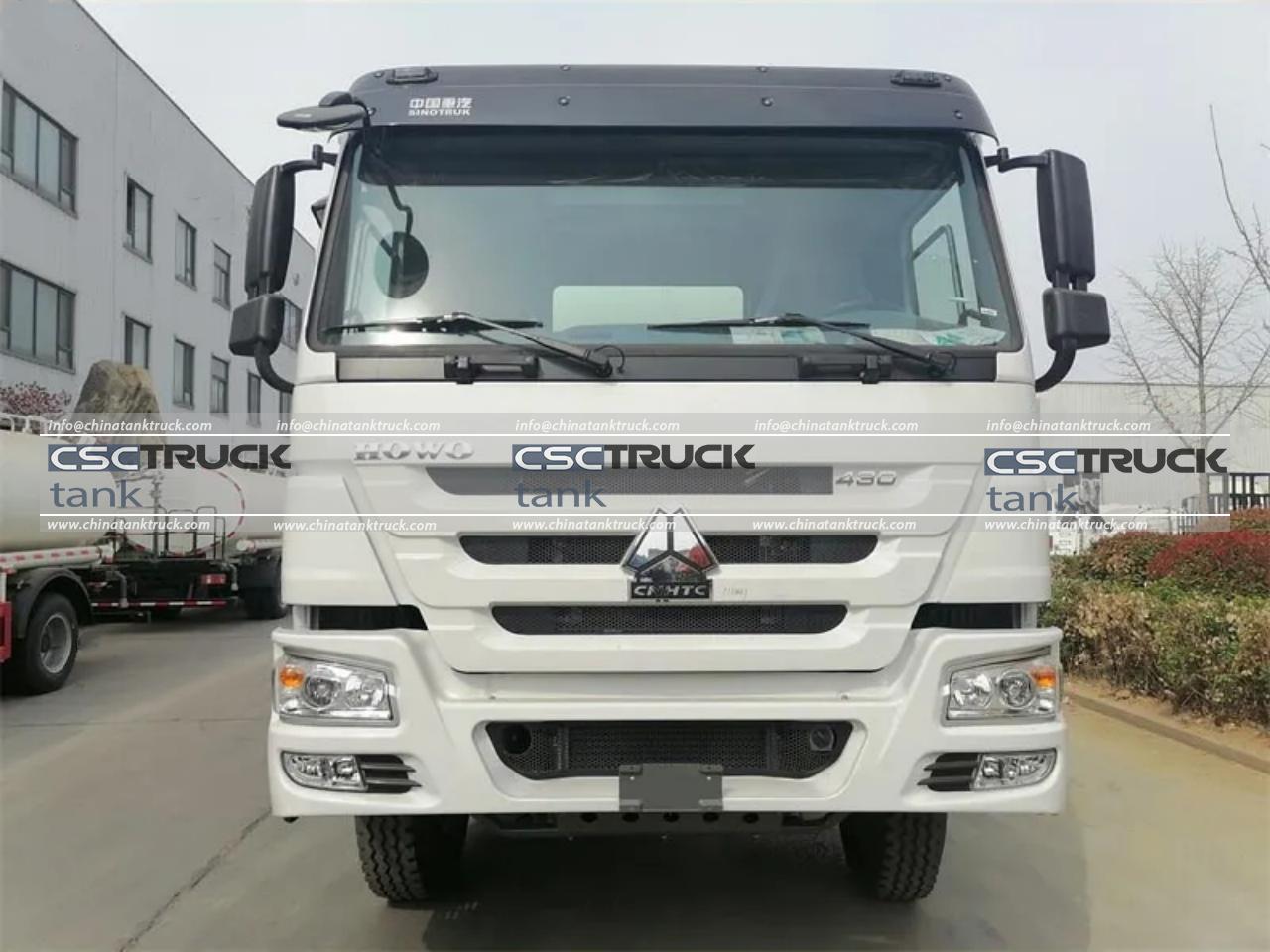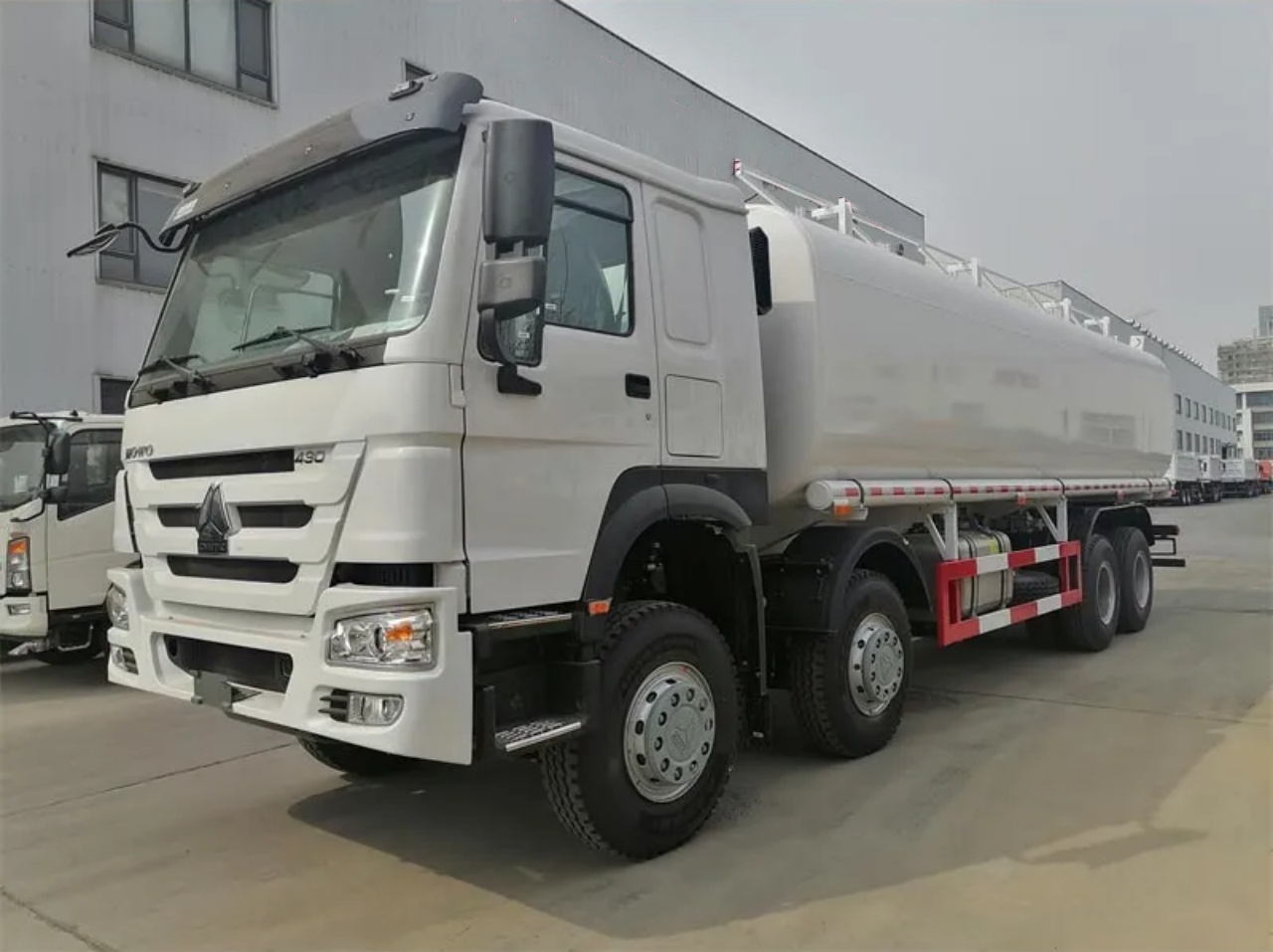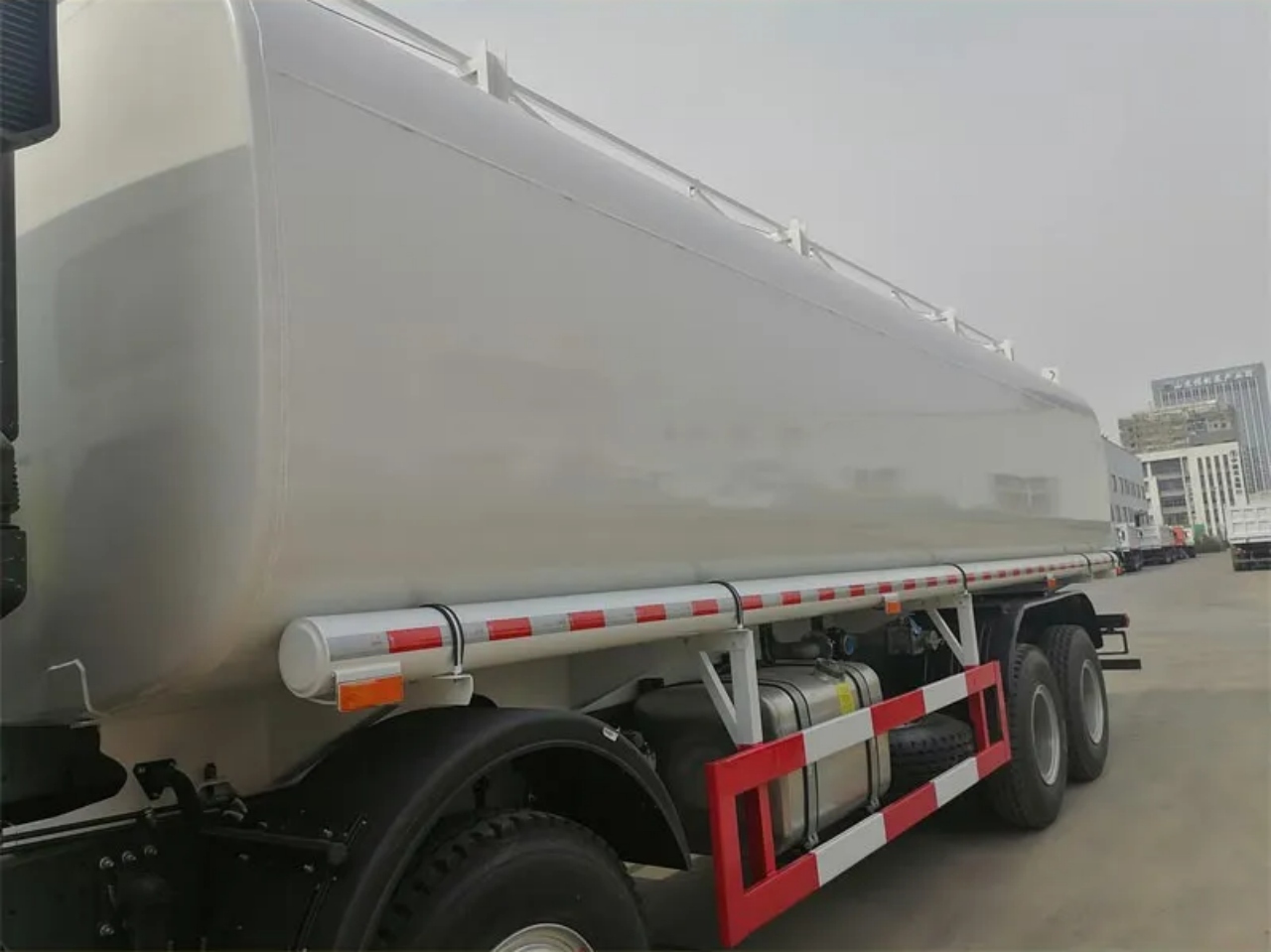Tanker trucks are a vital component of modern logistics and supply chain systems, transporting millions of gallons of liquid substances across cities, countries, and continents every day. These specialized vehicles are engineered to handle a wide variety of liquid cargoes, ranging from harmless consumables like milk to hazardous chemicals and fuels. The types of liquids they carry can be broadly classified into several categories: Food-grade liquids, industrial chemicals, petroleum products, water, and specialty liquids. Each category requires specific design features, safety protocols, and regulatory compliance to ensure safe and efficient transportation.
1. Food-Grade Liquids
One of the most common uses of tanker trucks is to transport food-grade liquids. These tankers are designed with hygienic stainless steel interiors, often with insulation or refrigeration capabilities to preserve freshness.
Milk and Dairy Products
Milk tankers are equipped with sanitary linings and insulation to keep the milk cool and uncontaminated during transport from dairy farms to processing plants. These tanks are meticulously cleaned and sterilized between uses to comply with food safety regulations.
Juices and Syrups
Juices, liquid sugar, corn syrup, and similar food liquids are also transported via specialized food-grade tankers. These tankers may have temperature control systems to prevent fermentation or spoilage.
Edible Oils
Tanker trucks also carry vegetable oils such as soybean, canola, or palm oil. Since these oils can solidify or degrade under certain conditions, the tanks may be heated or insulated to maintain appropriate viscosity during transport.
2. Petroleum Products
Tanker trucks are heavily used in the petroleum industry to move various fuels and related products. These tankers are often made of aluminum or carbon steel and include features such as internal baffles to prevent sloshing and grounding cables to prevent static electricity buildup.
Gasoline and Diesel
These are perhaps the most familiar tanker truck cargoes, regularly delivered to gas stations or industrial sites. Because of their flammability, strict safety protocols are followed, including pressure relief valves and emergency shutoff systems.
Jet Fuel
Used primarily for airports and military bases, jet fuel requires extremely clean tanks and specialized delivery systems to avoid contamination that could affect engine performance.
Crude Oil
Crude oil is transported from extraction points to refineries using large capacity tankers. These trucks are usually insulated and designed to handle the viscous nature of crude oil.
Liquefied Petroleum Gas (LPG) and Liquefied Natural Gas (LNG)
These are carried in pressurized and/or cryogenic tanks. LPG tankers are built to handle high pressures, while LNG tankers are insulated for cryogenic temperatures around -162°C to maintain the gas in liquid form.
3. Chemicals and Industrial Liquids
Another major use of tanker trucks is transporting industrial chemicals, including corrosive, toxic, or flammable substances. These tankers are typically made from materials resistant to chemical reactions, like stainless steel or specially coated carbon steel.
Acids and Alkalies
Examples include sulfuric acid, hydrochloric acid, and sodium hydroxide. These chemicals are highly reactive and require tankers with corrosion-resistant linings and secure sealing systems to prevent leaks or spills.
Solvents and Resins
Solvents such as acetone, toluene, and xylene are used in manufacturing and require vapor-tight tanks due to their volatile nature. Tankers may also have vapor recovery systems to comply with environmental regulations.
Fertilizers and Pesticides
Liquid fertilizers and agricultural chemicals are also transported by tanker trucks, often in rural areas. These tanks must prevent contamination and may have specialized pumping systems for unloading.
4. Water and Wastewater
Tanker trucks frequently carry both clean and used water, often serving roles in construction, agriculture, and emergency services.
Potable Water
These tankers deliver drinking water to remote locations, disaster zones, or areas undergoing maintenance to municipal water systems. The interior must be sanitized and lined with food-grade materials.
Non-Potable Water
Used for dust suppression, fire control, or irrigation, these tankers don’t require the stringent sanitation standards of potable water tankers but still must prevent leaks and contamination.
Wastewater and Sewage
Vacuum trucks, a type of tanker, are used to remove wastewater, sewage, or septic tank contents. These trucks are equipped with powerful pumps and airtight tanks to handle the unpleasant and hazardous nature of the contents.
5. Specialty Liquids
Some tanker trucks are tailored to transport less common but equally important liquids, each with its own unique set of challenges and requirements.
Cryogenic Liquids
These include liquid nitrogen, oxygen, argon, and carbon dioxide, used in medical, industrial, and scientific applications. Transporting these requires highly insulated, vacuum-sealed tankers capable of maintaining extremely low temperatures.
Hot Bitumen and Asphalt Emulsion
Used in road construction, bitumen must be transported in heated tankers to prevent it from solidifying. These tankers have built-in burners or heating coils.
Alcohol and Beverages
Bulk alcohol—either for consumption or industrial use—is also transported in food-grade tankers, often requiring explosion-proof features due to alcohol’s flammable nature.
Brine and Saltwater
Used in both oilfield operations and road maintenance (for de-icing), brine tankers are corrosion-resistant and may be equipped with pumps for controlled application.
Tank Design Considerations
Depending on the type of liquid, tanker trucks are engineered with various features to ensure safety and efficiency:
- Single or Multi-Compartment Tanks: Allow transportation of multiple liquids simultaneously without mixing.
- Insulated or Heated Tanks: Necessary for temperature-sensitive cargo.
- Pressurized or Vacuum Sealed: Critical for gases and volatile substances.
- Internal Baffles: Prevent sloshing that could destabilize the vehicle during transit.
- Lining and Coating: Protect the tank from corrosion and contamination.
Regulatory Compliance
The transportation of liquids, especially hazardous ones, is subject to stringent regulations globally. Agencies such as the U.S. Department of Transportation (DOT), European ADR, and similar authorities in other countries impose standards regarding:
- Tanker construction
- Labeling and placarding
- Driver training and certification
- Emergency response procedures
- Spill containment measures
Failure to comply can lead to environmental damage, fines, and accidents.
Conclusion
Tanker trucks play an indispensable role in global logistics, enabling the safe, efficient, and large-scale movement of a diverse range of liquids. From milk and drinking water to jet fuel and sulfuric acid, these vehicles are engineered with specific features to suit the properties of the liquids they carry. Whether it’s a food-grade stainless steel tanker or a pressurized LPG unit, each serves a unique purpose in supporting daily life, industrial processes, and emergency services. Understanding what liquid tanker trucks carry—and how they do it—offers a glimpse into the complex and highly regulated world of liquid transport logistics.
